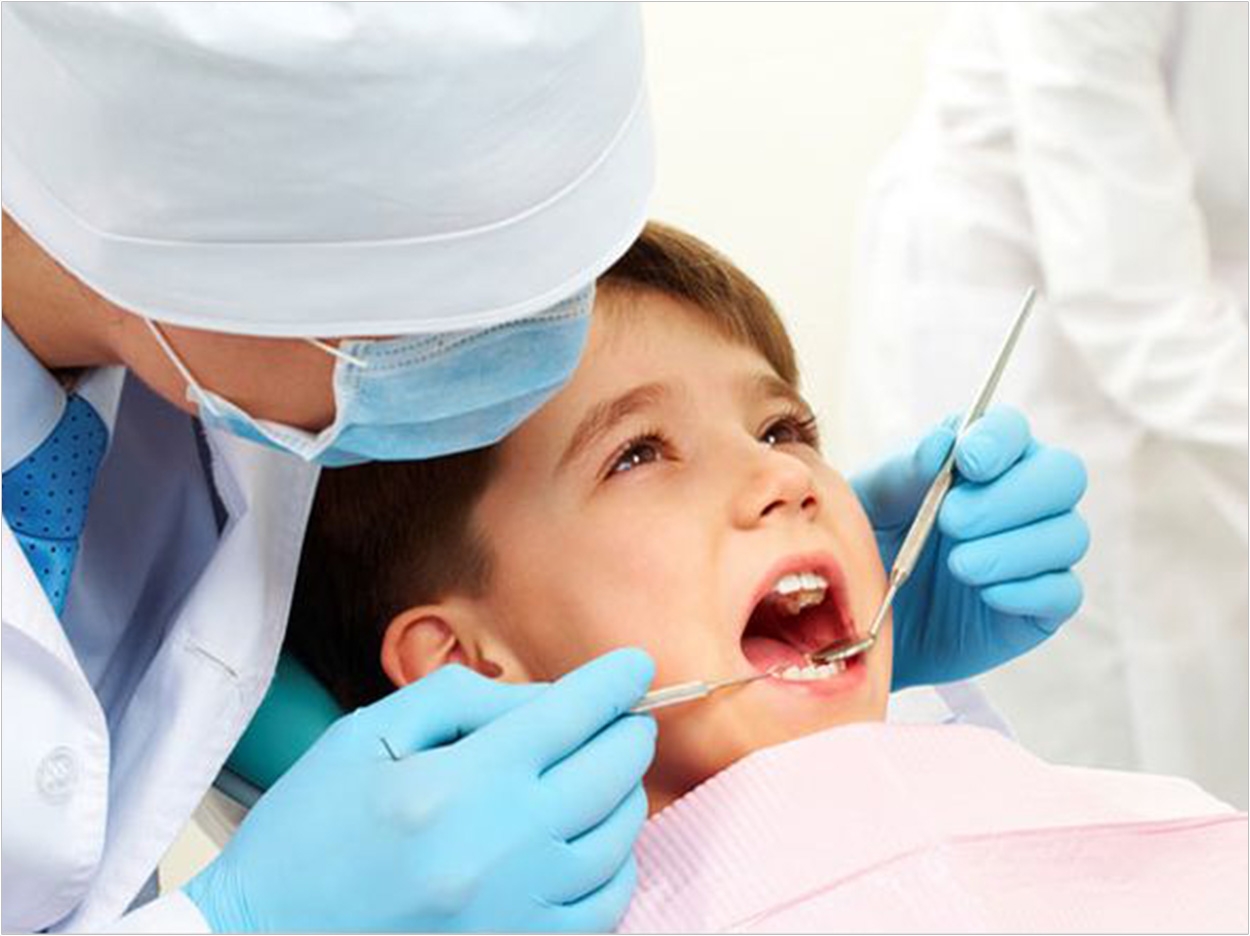
Children who are born with HIV may have a greater risk of caries, according to researchers led by the Forsyth Institute and the Pediatric HIV/AIDS Cohort Study (PHACS). Compared with uninfected youth, HIV-infected youth had lower numbers of Corynebacterium, a microbe abundant in the dental plaque of healthy individuals.
“At the Forsyth Institute, we encourage our scientists to explore the unknown and equip them with the resources and partnerships to do so. This group of researchers did exactly that,” said Wenyuan Shi, PhD, CEO and chief scientific officer at the Forsyth Institute.
“When there was limited information on the potential role of oral bacteria in HIV-infected youth, they spearheaded a study to fill in these research gaps and understand more globally how systemic diseases, or their treatment, may affect the microbes that help keep us healthy or cause disease,” Shi said.
The researchers followed two groups of youth: those born with HIV and a comparison group born to HIV-infected mothers who were not infected. The youth were enrolled in the PHACS AMP study, which investigates the long-term outcomes of HIV infection and its treatment among children who acquired HIV from their mothers.
This study demonstrated that bacterial composition was similar in both testing groups, implying that pediatric HIV infection and its treatment aren’t causing large-scale imbalances in the bacteria found in dental plaque, the researchers said. The HIV-infected youth, however, had fewer Corynebacteria in their dental plaque.
This type of bacterium can help prevent the lactic acid produced by cavity-causing bacteria from reaching healthy teeth, which may help protect teeth from dental decay, the researchers said. Thus, the lower amounts of Corynebacteria may explain why the HIV-positive youth also had more cavities.
“This is critical information, as we are now beginning to have a better understanding of the potential role of the oral microbiome in youth born with HIV,” said Bruce Paster, PhD, senior member of staff at the Forsyth Institute.
“It is exciting to think that these bacteria could be involved in protecting teeth from cavities. This may guide us in developing new therapies to prevent dental decay in these youth,” said Paster, who also is a professor in oral medicine, infection, and immunity at the Harvard School of Dental Medicine.
Next, the researchers hope to compare the oral microbiomes of the two groups with HIV-negative youth who have never been exposed to HIV. This will help them understand the role of HIV exposure in determining the makeup of the oral microbiome, the researchers said.
Also, the research will help reveal how species such as Corynebacterium might keep some oral diseases at bay with the ultimate goal of understanding treatment, risk assessment, and prevention in HIV-infected youth, the researchers said.
The Forsyth Institute partnered with researchers from the Harvard School of Dental Medicine, the Harvard T.H. Chan School of Public Health, the University of California Los Angeles, the University of California San Francisco, and the Tulane University School of Medicine in the study.
The study, “Oral Microbiota in Youth with Perinatally Acquired HIV Infection,” was published by Microbiome.
Related Articles
How Do You Treat a Patient With HIV? The Same as Everyone Else
Treatment Planning in Immunocompromised Patients: Case Report
Kentucky Gets $2 Million for HIV/AIDS Oral Healthcare











